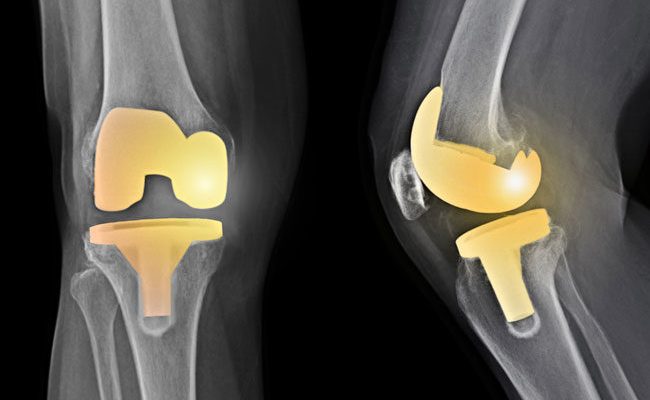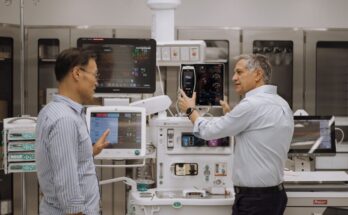What Is Arthroplasty?
Arthroplasty is a surgical procedure that aims to restore the mobility and weight-bearing capabilities of the patient. In this surgical procedure, the doctor replaces the damaged joint with an artificial joint or prosthesis. These artificial joints can mimic the function of the damaged joint. As a result, they relieve the patient’s pain and improve their range of motion at the same time.
In most cases, replacement of knee or hip joints is done during Arthroplasty. Other than knee and hip joints arthroplasty can also be performed on other body joints like ankles or elbows. To know if you are the right candidate for arthroplasty connect with the Best Orthopedic Surgeon in Karachi.
Who Makes the Right Candidate for Arthroplasty?
If you have joint pain or swelling that is affecting your daily life activities, your doctors may suggest you get arthroplasty done. Some common causes of pain and swelling on joints are:
- Osteoarthritis
- Rheumatoid Arthritis
- Fractures
- Lack of blood supply to the bone
- Congenital abnormalities like malformed joints
However, before suggesting arthroplasty some doctors prefer trying less invasive treatment methods like:
- Losing weight
- Medications
- Physical therapy
- Assistive devices
- Cortisone injections
- Limiting daily activities
- Viscosupplementation injections or lubrication
If these treatment methods do not work for you, your physician will check your weight, activity level, age, and health condition. Thus, after analyzing all these factors, they will give you a heads up for arthroplasty.
What Are the Risk Factors of Arthroplasty?
Like other surgeries, arthroplasty has some risks associated with it as well. Patients with a compromised immune system or other health problems are at a higher risk of complications.
Some common complications that can occur after arthroplasty are:
- Bleeding
- Infection
- Stiffness of new joint
- Joint dislocation or loosening
- Blood clotting
- Nerve damage
How do Doctors Prepare Patients for Arthroplasty?
Arthroplasty is an invasive procedure. So doctors conduct multiple physical examinations and diagnostic tests before the surgery to eliminate any risks of complications. These tests and evaluations may include:
- A complete physical examination, after which your orthopedic surgeon will recommend some exercises or dietary changes if the need be.
- Tests like Blood work, ECG, chest X-ray, and electrocardiogram, MRI or CT-scan
- Checking the history of your medications
- Making sure that you are not on medications like blood thinners
- Checking that you are not pregnant
- Checking your history of any blood disorders or abnormal bleeding
What Is the Procedure of Arthroplasty?
On the day of surgery, this procedure is followed:
- After reaching the hospital you will be asked to remove clothing and change into a hospital gown.
- An intravenous line will be attached to your arms or hands, and you may receive anesthesia through it. Then, an anesthesiologist will keep monitoring your blood pressure, heart rate, and oxygen level during the surgery.
- Then they will place you in a position that makes your damaged joint accessible for surgery.
- If you have some hairs on the joint that might intervene, they will shave it. Then, the skin will be cleaned with an antiseptic solution.
- Then the doctor will make an incision to remove the damaged joint.
- They will then replace the damaged joint with an artificial joint.
- After replacement, they will close the incision with surgical staples or stitches.
- Then they will wrap a sterile bandage on that area.
- And you will be shifted to the recovery area. You will stay in the recovery area until you are fully conscious.
What Happens After Arthroplasty?
After ensuring doctors will ensure that you are in a stable condition. Later, they will make a recovery plan for you, which may include:
- Pain relief therapies
- OTC pain relievers
- Incision care instructions
- Exercise programs
Doctors may ask you to limit your activities until you are fully recovered. Hence, you may have to assign your responsibilities to someone else and consult your doctor about any assistive devices that can help you during recovery. The procedure can only be effective if the recovery plan is followed properly along with regular checkups. If your arthroplasty stitches or staples aren’t healing well consult an orthopedic surgeon in your town by logging on to oladoc.com.
That was it for this article. If you found it helpful, consider checking out our blog STORIFYGO!





